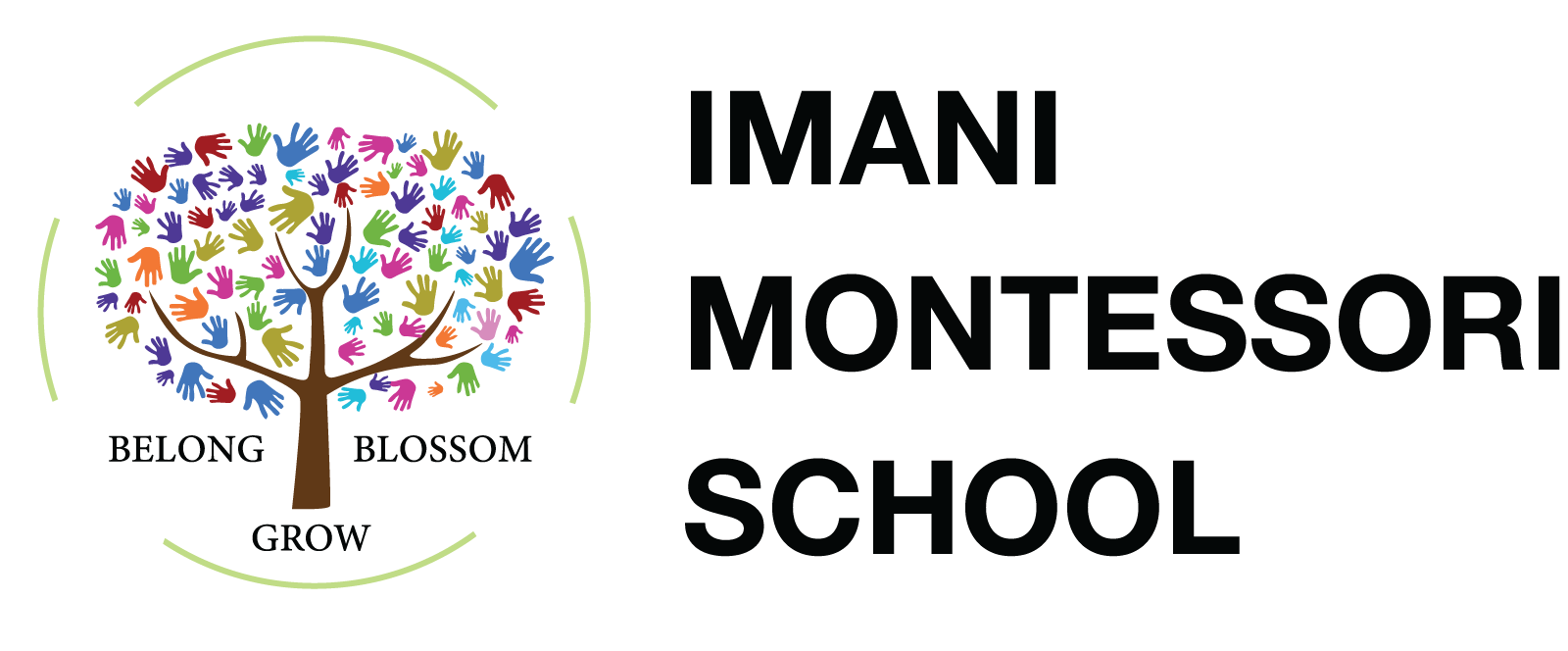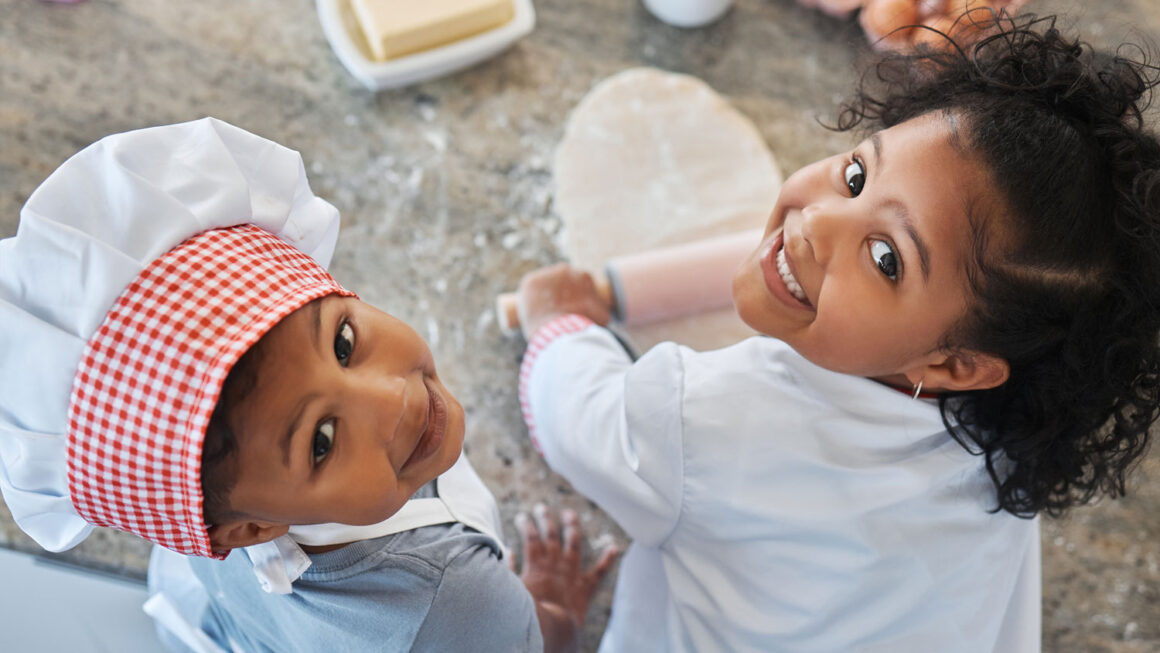Walk into a Montessori kindergarten and at first, it might seem like “chores” have somehow found their way into the classroom. But in Montessori, these activities aren’t busywork or an afterthought, they are part of the core curriculum, known as Practical Life.
For children between the ages of 3 and 6, Practical Life work is the bridge between the home environment and the larger world. It gives them the tools to care for themselves, for others, and for their surroundings. It builds coordination, concentration, independence, and a quiet confidence that comes from being trusted with real, meaningful tasks.
The dignity of real work
In a world where children are often given plastic imitations, toy kitchens, pretend brooms, play tools, Montessori offers the real thing, scaled to their size and abilities. The glass jug is real glass. The broom has natural bristles. The knife can actually slice a cucumber.
Why? Because real work demands real care. A ceramic bowl will break if mishandled, teaching natural consequences without a lecture. A sharp edge demands focus and respect. When children are trusted with real tools, they rise to the responsibility.
This is not make-believe housekeeping. It is the daily practice of life skills, and it affirms to the child: You are capable. You can contribute.
Four categories of Practical Life
In the Montessori approach, Practical Life activities are generally grouped into four categories:
-
Care of Self – dressing frames for buttoning, zipping, lacing; washing hands; combing hair; pouring drinks.
-
Care of the Environment – sweeping, dusting, watering plants, polishing, table scrubbing, arranging flowers.
-
Grace and Courtesy – greeting visitors, offering help, waiting for a turn, saying “excuse me,” carrying objects carefully.
-
Control of Movement – walking on a line, balancing trays, spooning beans from one bowl to another.
Each category offers an infinite range of possibilities that can be adapted to local culture and resources. In Nairobi, for example, children might help shell green peas from the market, sweep the school veranda after a windy morning, or polish a carved wooden bowl for the snack table.
Building the skills behind the skills
On the surface, a child washing a table is simply… washing a table. But watch closely, and you’ll see dozens of skills in action. They must remember the sequence: wet the sponge, scrub in circles, rinse, wring out, wipe down. They must coordinate hand and arm movements, judge the right amount of pressure, and manage tools and water without spilling.
This layered complexity is why Practical Life is the perfect training ground for later academic work. The same concentration, order, and fine motor control needed for table washing will later support writing, mathematics, and scientific inquiry.
Repetition and mastery
One of the most striking things about Montessori Practical Life is the freedom children have to repeat an activity as many times as they wish. A child may polish the same small brass bell five times in a row, absorbed in the rhythm of the work. Repetition is not seen as “doing nothing new”, it’s the natural way children build mastery.
In a conventional classroom, repetition is often imposed: worksheets, drills, tests. In Montessori, repetition is chosen. That difference changes everything. Self-chosen repetition builds pride and resilience; imposed repetition can drain motivation.
The indirect preparation for academics
Montessori called Practical Life work the “foundation” for all other areas of the curriculum. That’s because it develops the habits of mind and body that make later academic learning possible. Consider:
-
Pouring water from one jug to another builds the wrist and finger strength needed for pencil control.
-
Sweeping a floor in a careful pattern develops spatial awareness useful in geometry.
-
Following a sequence of steps in food preparation mirrors the logical sequencing used in reading and math.
Children who have mastered these skills arrive at abstract academic work already comfortable with focus, persistence, and self-correction.
The role of the adult
The adult’s role in Practical Life is to demonstrate, slowly, precisely, and without unnecessary words, how to complete a task. Then they step back. They do not hover to “fix” the child’s mistakes, nor do they rush to take over. Instead, they observe, ready to re-present the work if needed, and they model respect for the materials by handling them with care.
When a child spills water, they are shown how to mop it up. When they drop cutlery, they learn to pick it up safely. The lesson is that mistakes are simply part of learning, not something to be ashamed of.
Bringing Practical Life home
Parents often ask how to support Montessori principles outside the classroom. The answer is simple: invite your child into the real work of daily life. Give them tools that fit their hands, tasks that matter to the family, and the time to do them without rushing.
At home in Nairobi, that might mean letting your child rinse sukuma wiki leaves, set the table for dinner, sweep the patio, or help measure flour for chapati. These moments are more than “helping out”, they are opportunities for your child to develop the focus and independence that will serve them for a lifetime.
The quiet transformation
In the beginning, Practical Life work may feel slow. It takes longer for a child to pour their own drink or sweep their own crumbs than for an adult to do it for them. But over time, you’ll notice a change. The child moves with more coordination. They take pride in their work. They begin to anticipate needs and act without being told.
This quiet transformation, from dependent to capable, from distracted to focused, is the true gift of Practical Life. In trusting children with real tasks, we are telling them, You belong here. Your work matters. And in that trust, they flourish.


Join the Conversation